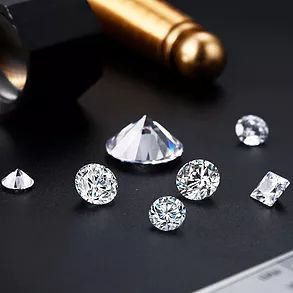The diamond – not yet christened Kohinoor – is
mentioned for the first time in some historical
texts as belonging to the Rajas of Malwa around
this time, according to some historians.
The ‘exact history is lost in the mists of antiquity,’
reads an account on the stone in The Smithsonian, ‘it is
reported to have belonged to the ruler of an ancient
oriental kingdom as far back as 3000 BC’. Records,
including a book by seismologist Harsh K Gupta, say
that the diamond was mined from Guntur in present-day Andhra Pradesh.
The first ‘verified’ mention of the stone crops up in the Baburnama,
the writings of Mughal ruler Babur. Babur acquired the rock after
defeating Ibrahim Lodi, the last of the Delhi Sultans, in the first
battle of Panipat.
Historian NB Sen, among others, has written that from Babur, the diamond
passed to Shah Jahan and Aurangzeb, before coming into the possession
of his grandson, Sultan Mahamad.
Persian general Nadir Shah defeats Mahamad to conquer Delhi – and the
diamond -- in 1739 and gives it its now-famous name. He takes the stone
back to Persia but is assassinated eight years later.
The diamond now passes into the possession of one of his generals, Ahmad
Shah Durrani, in whose family it stays for the next generation, writes Sen
in his book, the Glorious History of Kohinoor, the Brightest Jewel in the
British Crown.
The diamond returns to India when Shah Shuja Durrani, a descendant of
Ahmad Shah, escapes from his quarrelling brothers in Kabul, brings it
to Punjab and gives it to Maharaja Ranjit Singh – the founder of the
Sikh empire -- in return for being granted asylum.
Much later, Lord Dalhousie wrote in a letter that Shah Shuja’s wife
Wufa Begum, was said to have described the rock saying, “If a strong
man were to throw four stones, one north, one south, one east, one
west, and a fifth stone up into the air, and if the space between
them were to be filled with gold, all would not equal the value
of the Koh-i-Noor.”
Maharaja Ranjit Singh dies, leaving the diamond – and his kingdom –
to his sons. However, after three of his older sons are killed in quick
succession, in 1843, 5-year-old Duleep Singh took the throne, becoming
the last Indian sovereign to own the Kohinoor, writes Sen in his book
The British win the second Anglo-Sikh War and annexe the Sikh kingdom
of Punjab under the Treaty of Lahore. 11-year-old Duleep Singh signs
over the kingdom and the diamond over to them before stepping down
from his throne.
Article III of the treaty reads: The gem called the KohiNoor, which was
taken from Shah Sooja-ool-moolk by Maharajah Runjeet Singh, shall be
surrendered by the Maharajah of Lahore to the Queen of England.
The diamond is taken to England and showcased to the public.
However, after reports of ‘disappointment’ with the stone’s uncut
appearance, Queen Victoria’s husband, Prince Albert orders the polishing
of the Kohinoor. The final product, which takes 38 days to achieve, shaves
off significant portions of the stone, reducing its weight by 42% -- from
186 carats (or 37.2 g) to its current 105.6 carats (21.12 g).
Bearing in mind the myth surrounding the stone, Queen Victoria later asks in her
will that the Kohinoor only be worn by a female queen.The stone is then added to
the crowns of her successors and is stowed away in the Tower of London where it has been ever since.
Despite claims of ownership by four countries -- India, Pakistan, Afghanistan
and Britain -- the United Kingdom has maintained its ownership over the gem.
Reacting to one of the many attempts by Indian groups to push for its return to India,
in 2015, British historian Andrew Roberts was quoted as saying: “Those involved in
this ludicrous case should recognise that the British Crown Jewels is precisely the
right place for the Koh-i-Noor diamond to reside, in grateful recognition for over
three centuries of British involvement in India, which led to the modernisation,
development, protection, agrarian advance, linguistic unification and ultimately
the democratisation of the sub-continent.” A controversial statement indeed.
Koh-i-noor
"Mountain of light"

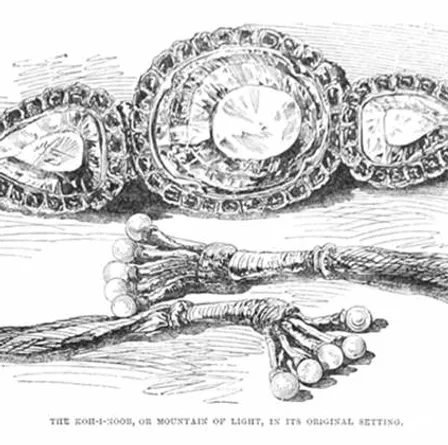
1306:

1526:
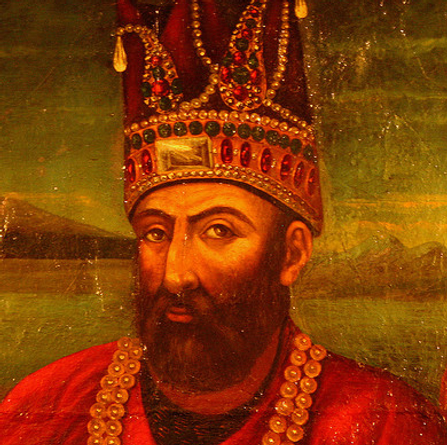
1739:
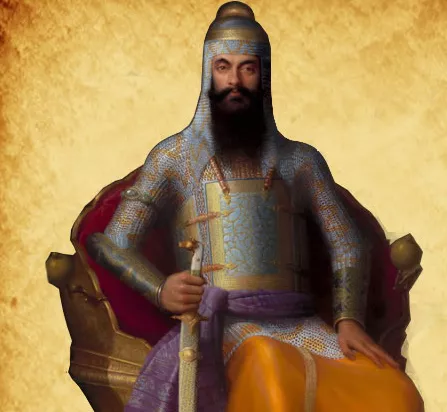
1813:
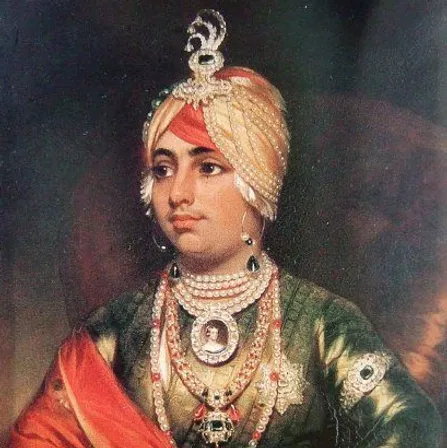
1839-1843:
1849:
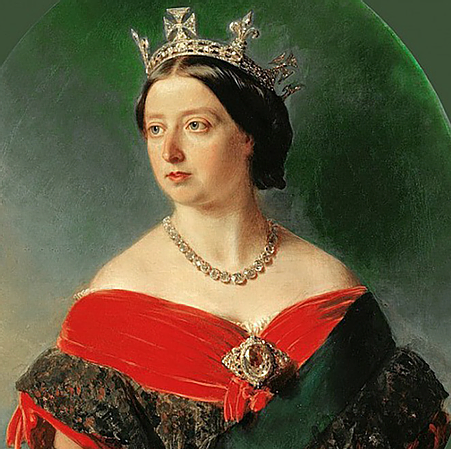
1852:
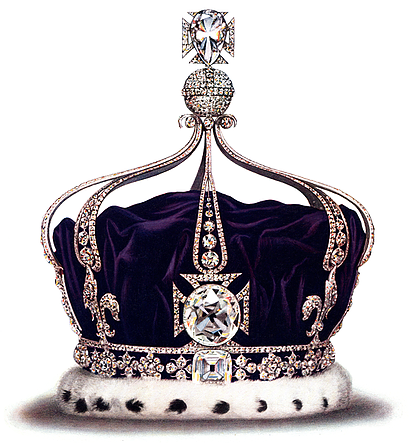
Ever since:
Unveiling the Rich History of the Kohinoor Diamond
Embark on a journey through time as we explore the captivating history of the Kohinoor Diamond, a gem shrouded in mystery and adorned with centuries of tales. The Kohinoor, meaning "Mountain of Light," has graced the hands of rulers and ignited passions throughout its storied past.
The Origin and Early Years
Believed to have originated from the Golconda mines in India, the Kohinoor Diamond has a history dating back over a thousand years. Its early years are intertwined with Indian royalty, passing through various dynasties and kingdoms.
Legendary Rulers and Shifting Fortunes
The Kohinoor has witnessed the rise and fall of empires, becoming a symbol of power and prestige. From the Mughal emperors to the Persian rulers, the diamond exchanged hands, each chapter adding to its legendary aura.
The Diamond's Journey to the West
Intriguingly, the Kohinoor Diamond found its way to the West, becoming part of the British Crown Jewels. Its journey included turbulent times, controversies, and debates over ownership, making it one of the most talked-about diamonds in the world.
Modern Controversies and Cultural Significance
As the Kohinoor Diamond continues to be a subject of debate and negotiation between nations, its cultural significance remains profound. Unravel the modern controversies surrounding the diamond and its impact on diplomatic relations.
Explore the World of Diamonds with Diamonds by Manee
At Diamonds by Manee, we celebrate the allure and history of diamonds. Explore our diamond collection to discover exquisite gems that reflect timeless beauty. Additionally, our loose diamonds page allows you to create personalized jewelry that captures the essence of your style.
Discover Exciting Offers and Promotions
Take advantage of our ongoing promotions to find exceptional value on certified diamonds and exquisite jewelry. We constantly update our promotions to ensure that you can experience luxury without compromise.
Immerse yourself in the fascinating history of the Kohinoor Diamond and continue your exploration of the world of diamonds with Diamonds by Manee. Our commitment to quality, authenticity, and customer satisfaction sets us apart as your trusted diamond partner.





